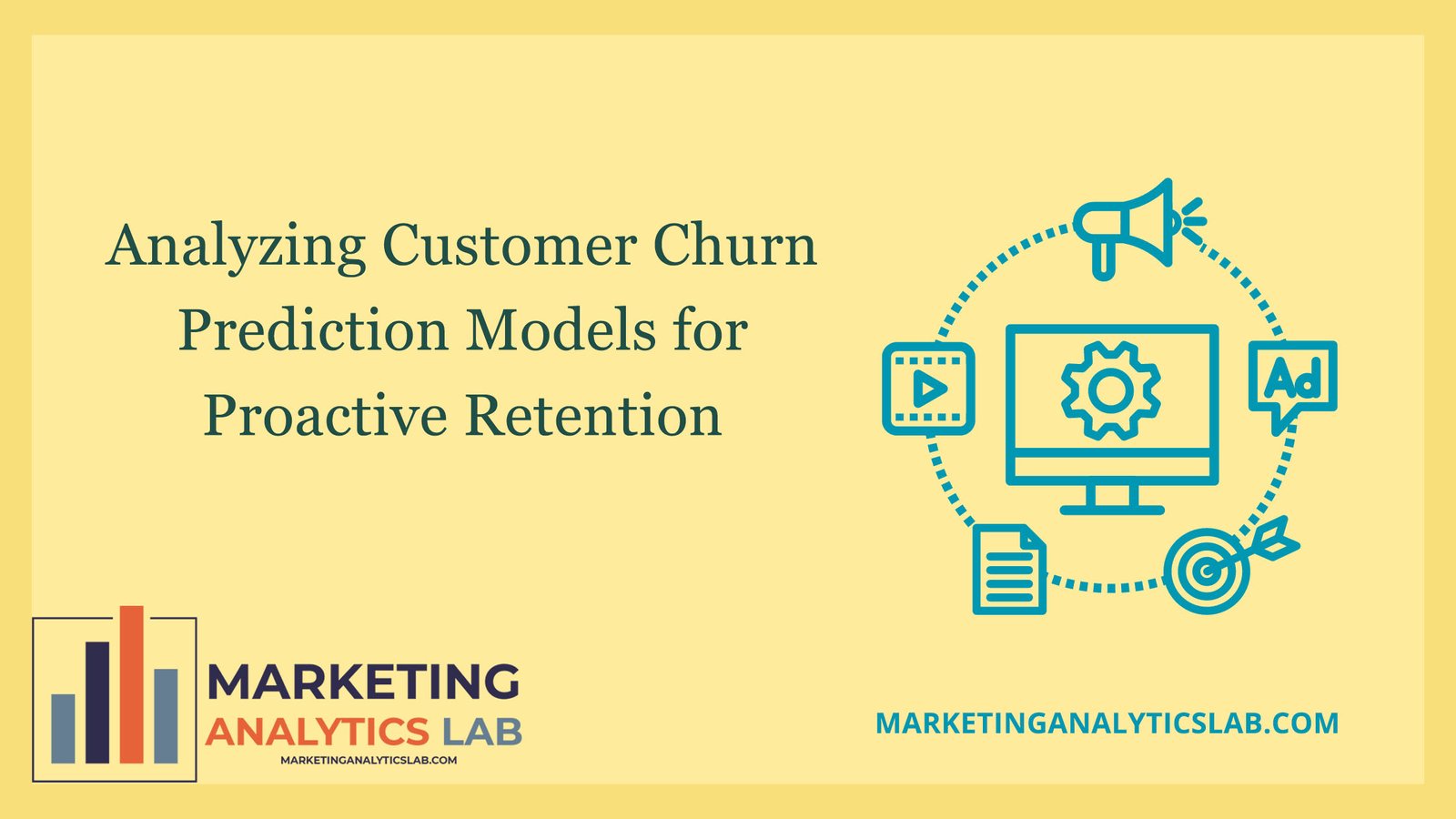Understanding Customer Churn Prediction Models
Customer churn, also known as customer attrition, is a critical metric for businesses as it refers to the percentage of customers who stop using a company’s products or services within a given time period. Analyzing customer churn prediction models is essential for businesses to proactively identify and retain customers who are at risk of leaving. These models typically use data analytics and machine learning techniques to predict the likelihood of a customer churning based on historical customer behavior, interactions, and characteristics.
There are various types of customer churn prediction models, including logistic regression, decision trees, neural networks, and support vector machines. Each model has its strengths and weaknesses, and businesses need to choose the most suitable model based on their specific needs and data. Logistic regression, for example, is a simple and interpretable model that can provide insights into the factors influencing customer churn. On the other hand, neural networks are more complex models that can capture nonlinear relationships in the data, making them suitable for more complex churn prediction tasks.
Evaluating the performance of customer churn prediction models is crucial to ensure their effectiveness in identifying at-risk customers. Common evaluation metrics for churn prediction models include accuracy, precision, recall, F1 score, and area under the receiver operating characteristic curve (AUC-ROC). Businesses should regularly monitor and update their churn prediction models to account for changes in customer behavior and market dynamics, ensuring that they remain relevant and accurate in predicting customer churn.
Implementing Strategies for Proactive Retention
Once businesses have identified customers who are at risk of churning using prediction models, they can implement proactive retention strategies to address the underlying reasons for churn and retain those customers. These strategies can include personalized marketing campaigns, targeted offers, loyalty programs, and improved customer service. By leveraging customer data and insights from churn prediction models, businesses can tailor their retention efforts to meet the specific needs and preferences of at-risk customers.
Personalized marketing campaigns can help businesses engage with at-risk customers on a more individual level, offering them relevant products or services that meet their needs and interests. Targeted offers, such as discounts or promotions, can incentivize at-risk customers to stay with the company and continue using its products or services. Loyalty programs can also build customer loyalty and encourage repeat purchases, reducing the likelihood of churn. Additionally, improving customer service by addressing issues and concerns promptly can enhance customer satisfaction and loyalty, ultimately reducing churn rates.
In conclusion, analyzing customer churn prediction models and implementing proactive retention strategies are essential for businesses to mitigate customer churn and improve customer retention. By leveraging data analytics and machine learning techniques, businesses can predict churn more accurately and efficiently, enabling them to target at-risk customers with personalized retention efforts. Proactive retention strategies, such as personalized marketing campaigns, targeted offers, loyalty programs, and improved customer service, can help businesses retain customers and foster long-term relationships, ultimately driving business growth and success.

